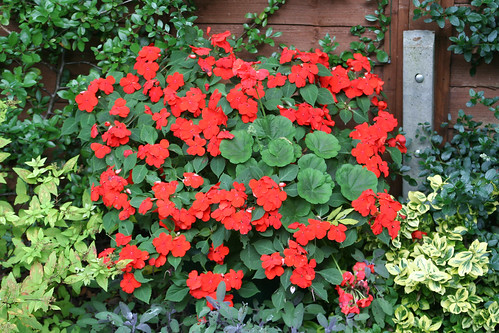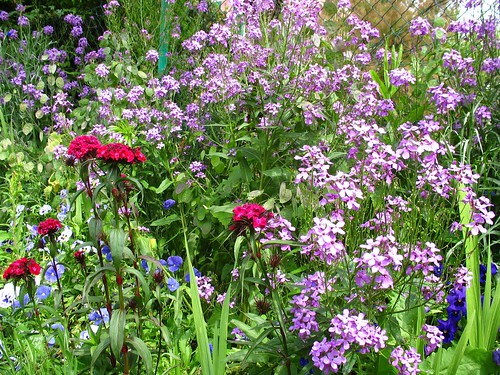
Sweet Peppers or Bell peppers can be grown from seed in a range of colours. Ideal for a greenhouse or conservatory they may also thrive in a hot summer.
Seed Selection
Sweet Jumbo F1 Seeds produce Peppers that are green turning red. Often fruit are more than 6in long and 3½-4in across, ‘Jumbo Sweet’ can ‘weigh up to 200g (½lb) and we are sure much bigger, and dare we say – world records may be shattered with this super new hybrid. It is vigorous, early and a prolific cropper. It is very crisp and sweet eaten fresh and because it has a small central core it is ideal for stuffing. Best crops will be achieved in a greenhouse or conservatory but it is worth trying a few outdoor plants if the summer is hot.
With a flavour so juicy, crisp and clean you’ll eat them right ofl the plant! Sweet Pepper Big Banana produces fruits up to 25cm (10in) long and 5cm (2in) wide mature to a deep shiny scarlet. Amazing yield – up to 50 full-sized fruits per plant.
- Capsicums Chinese are some of the hottest Chilli Peppers around. Seeds from 10 Habanero vaieties and Scotch Bonnet are able to compete with C. annuum ‘Tepin’ and C. frutescens ‘Zimbabwe Bird Pepper’ for the hottest seeds around. Available from Thompson Morgan a seed, Chilli and vegetable specialist.
Sweet Pepper Sweet Chocolate is a delicious sweet pepper with a ‘come and eat me’ appeal once the fruits have ripened from green to a rich chocolate colour on the outside and brick red on the inside with thick, sweet flesh. Sweet Pepper Sweet Chocolate plants are very productive throughout the summer.
Orange bell  Very productive plants producing typical ‘blocky’, thick walled fruits with delicious sweetness. Sweet Pepper Orange Bell is very productive, with fruits that start green, ripening to a gorgeous orange.
Sowing Instructions
Sow seeds March to April. Place seeds on the surface of a free draining compost and cover with a fine sprinkling of compost or vermiculite. Place in a propagator at 18-21C (65-70F) until after germination, which takes 7-10 days. Do not exclude light as this helps germination.
Growing Instructions
Transplant seedlings when large enough to handle into 7.5cm (3 in) pots. Plant in final situation when 10cm (4in) high, 45cm (18in) apart. For indoor crops, plant into growbags or pots. For outdoor crops, acclimatise plants to outdoor conditions for a few days before planting in sunny, fertile, moist, well drained soil , after all risk of frost has passed.
Aftercare
For a heavier crop, feed all peppers once the flowers have started to set fruit with a high potash fertiliser each week .
Read Gardeners tips

The Complete Chilli Pepper Book: A Gardener’s Guide to Choosing, Growing, Preserving, and Cooking













